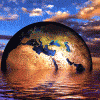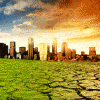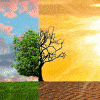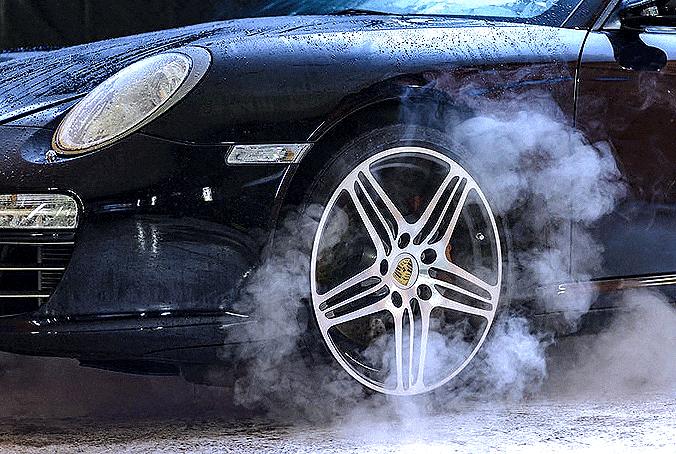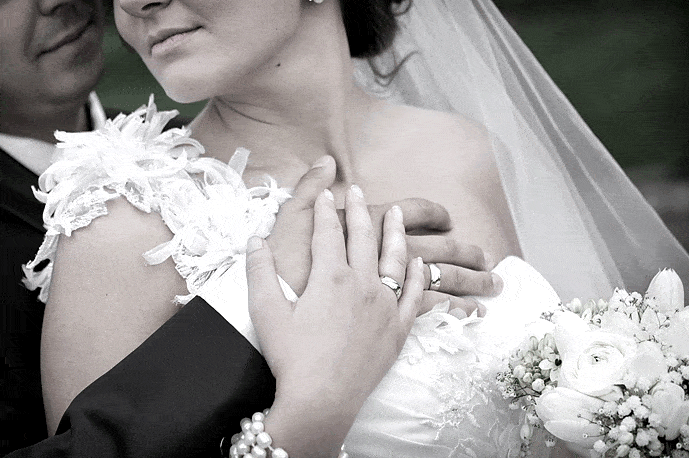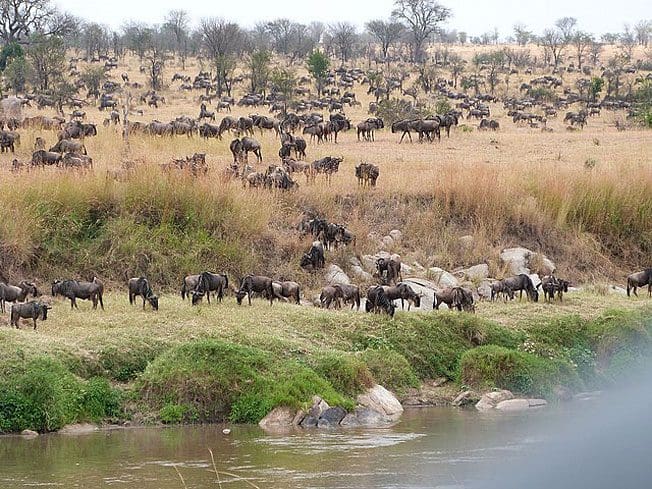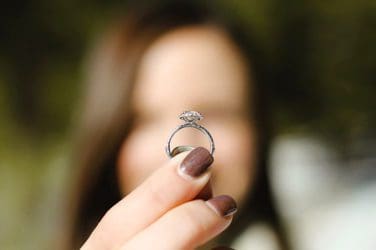Art and climate change in the age of Trump – words Alan Woods
Donald Trump’s widely-criticised decision to remove the US from the Paris Climate Agreement continues to be a source of major political upset across the world.
The president was trolled by the Weather Channel’s website, celebrities took to social media to voice their discontent, and state buildings were lit in green in major cities from, well, Paris to Pittsburgh.
But tweets and lights are ephemeral responses, and emotional reactions to politics and the environment have been a longstanding source of inspiration within the art world. How will Trump’s views on climate change impact visual art around the world—at least, while there’s still a world to populate with art?
Drawing attention to the importance and degradation of the natural world
Artists across the world have used their respective media to highlight what the Barbican described as “the increasingly evident degradation of the natural world,” for their 2009 show Radical Nature. The exhibition contained photographs and installations designed to draw attention to the importance and degradation of the natural world, and even the advertising materials were sustainably-minded, with recycled posters and seats. This is particularly important, considering many curators are unaware of the carbon footprint of their shows.
Art created in response to climate change has not only taken the form of photographs, but installations featuring the actual materials impacted. For example, Mexican artist Gabriel Orozco assembled debris from materials found near the country’s coast to form a piece entitled “Sandstars”. Meanwhile, “Your Waste of Time”, a piece by Olafur Eliasson, consists of fragments which had broken off the largest glacier in Iceland, housed in a refrigerated gallery space.
Some artists responding to climate change are also creatively integrating actual data into their work, as a way of allowing people to visualise the impact of climate change on the environment. This has taken many forms, from “infographic street art”, to figurines placed on beaches and in bodies of water, who look “as if [they are] waiting for the inevitable rising seas to swallow them whole.” Most strikingly, French sculptor Paulo Grangeon toured a sculpture of 1,600 pandas (made from papier mache) to draw attention to how few of the species remained on the planet. Ironically Trump seems to have helped bring about strong climate change art project ideas.
The outside world becomes the gallery
Most directly of all is the land art movement, in which the outside world becomes the gallery. Defined as “art that is made directly in the landscape,” whether through direct sculpture or being made from naturally-occurring materials. A recent essay published by the Tate Gallery observed that, since its inception in the late sixties, the movement “has come to be seen as a proto-ecological art form.”
By constructing their works within landscapes themselves, the figureheads of the movement, such as Robert Smithson and Barry Flanagan (one of land art’s few British practitioners), allowed their art to be displayed at the mercy of the elements. Smithson’s “Spiral Jetty” was hidden for three decades, following a rise in sea water level at the Great Salt Lake in Utah where it was put together.
Most strikingly of all is the 35-year-old installation “Wheatfeld – A Confrontation” by Agnes Denes, in which the artist planted two acres of wheat in a disused landfill near Wall Street, harvesting it four months later. In her notes on the work, Denes described “Wheatfield” as “a symbol, a universal concept; it represented food, energy, commerce, world trade, and economics.” Photographs of the field, and the harvested wheat, were exhibited worldwide, before being buried in a time capsule to be opened in 2979.
Art as an immediate response to the President’s controversial edicts
By making the choice to remove the United States from the Paris Climate Agreement, Donald Trump has opened himself up to yet more criticism, from his political peers, the public at large, and the world’s artistic community. Indeed, the art world has been quick to respond to the political upheaval caused by almost all of the president’s decisions, with incendiary magazine covers and climate change street art being created as an immediate response to the controversial edicts in the age of Trump.
It seems as if the artistic retaliation to Trump is being conducted as quickly as possible; as with the spontaneously-organised demonstrations against the Travel Ban, amongst others, artists are being galvanised. “It’s a choice to be energized, because the other choice is a depressing, pointless way of looking at it,” performance artist Pope.L told the New York Times earlier this year. “I choose to think we can actually do something with this material called failure.”
Art and climate change in the age of Trump – words Alan Woods


